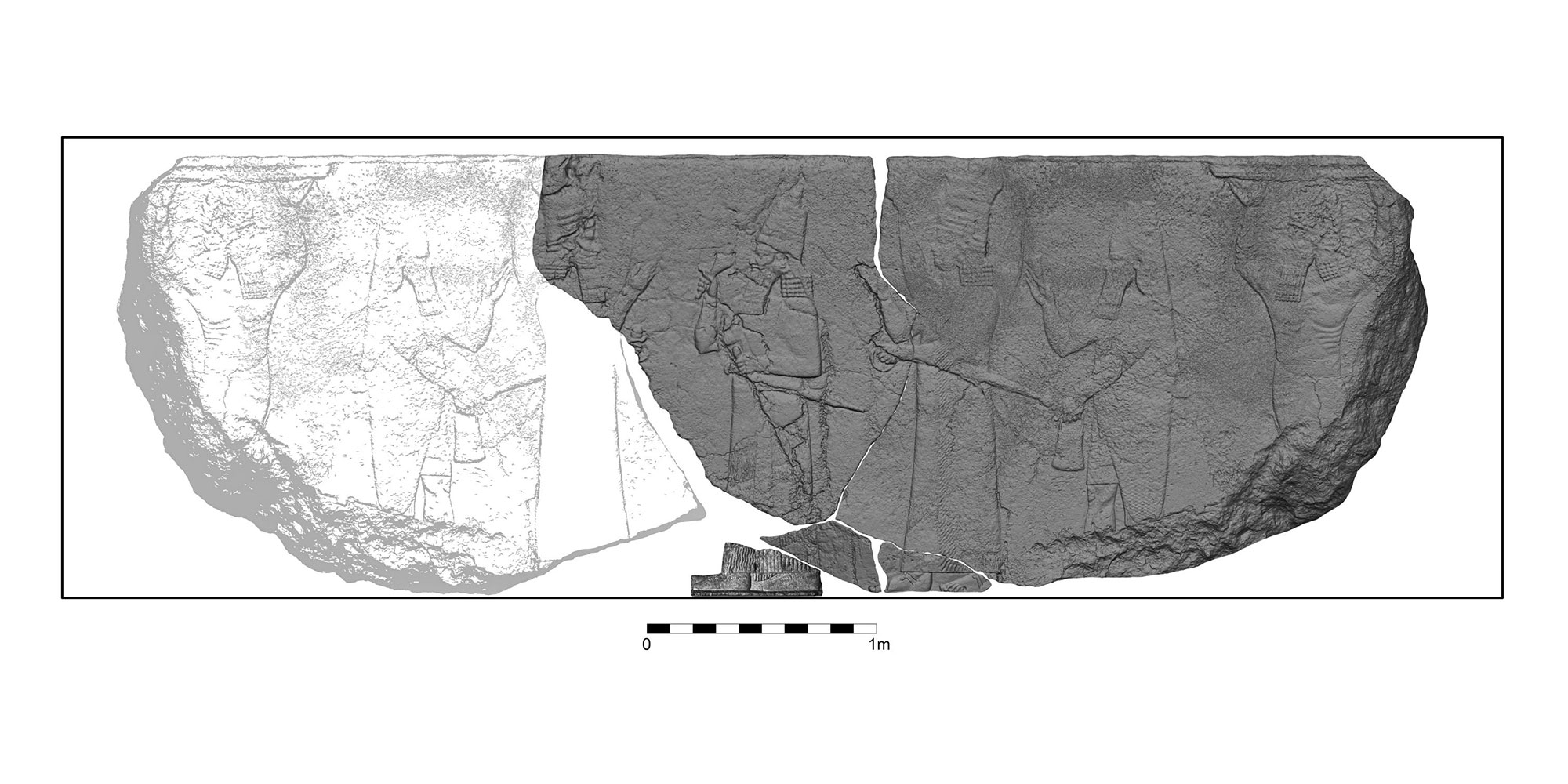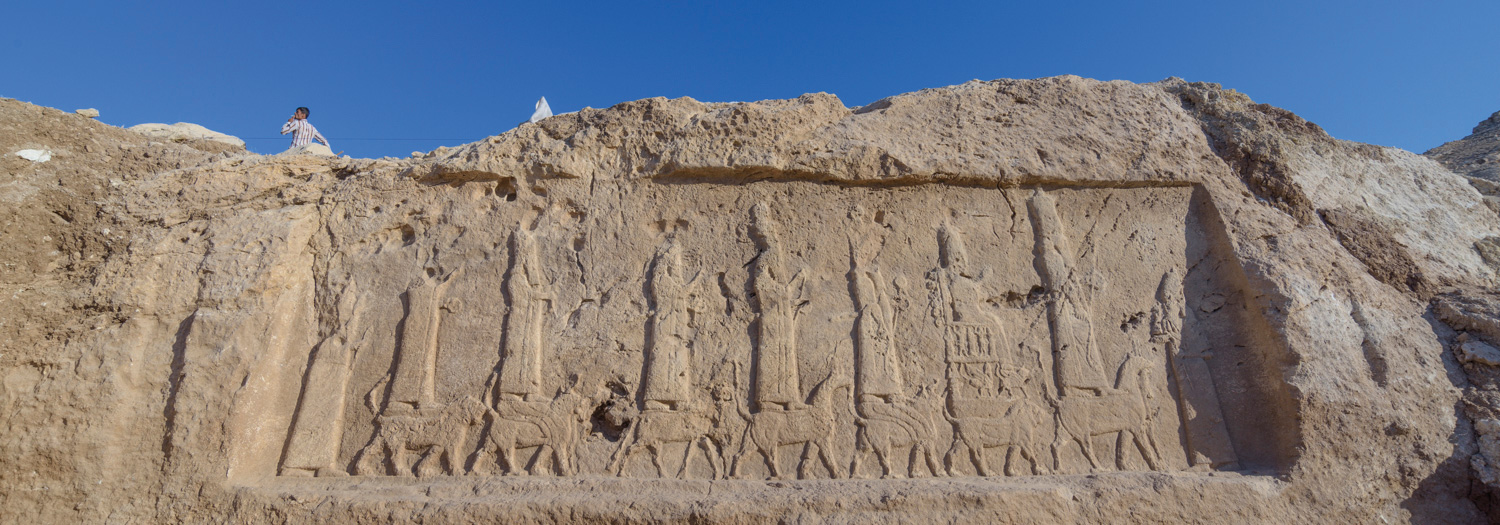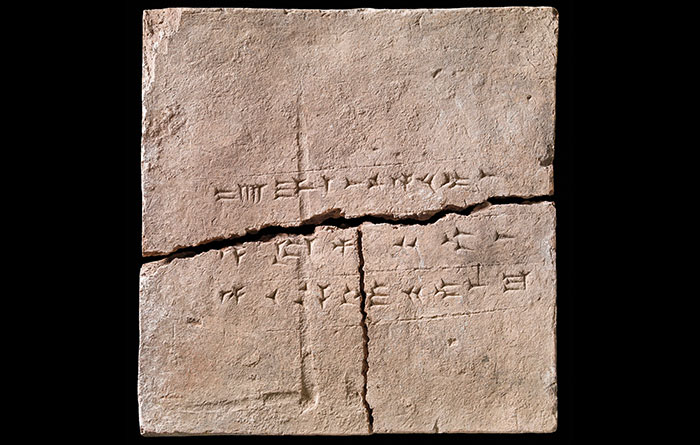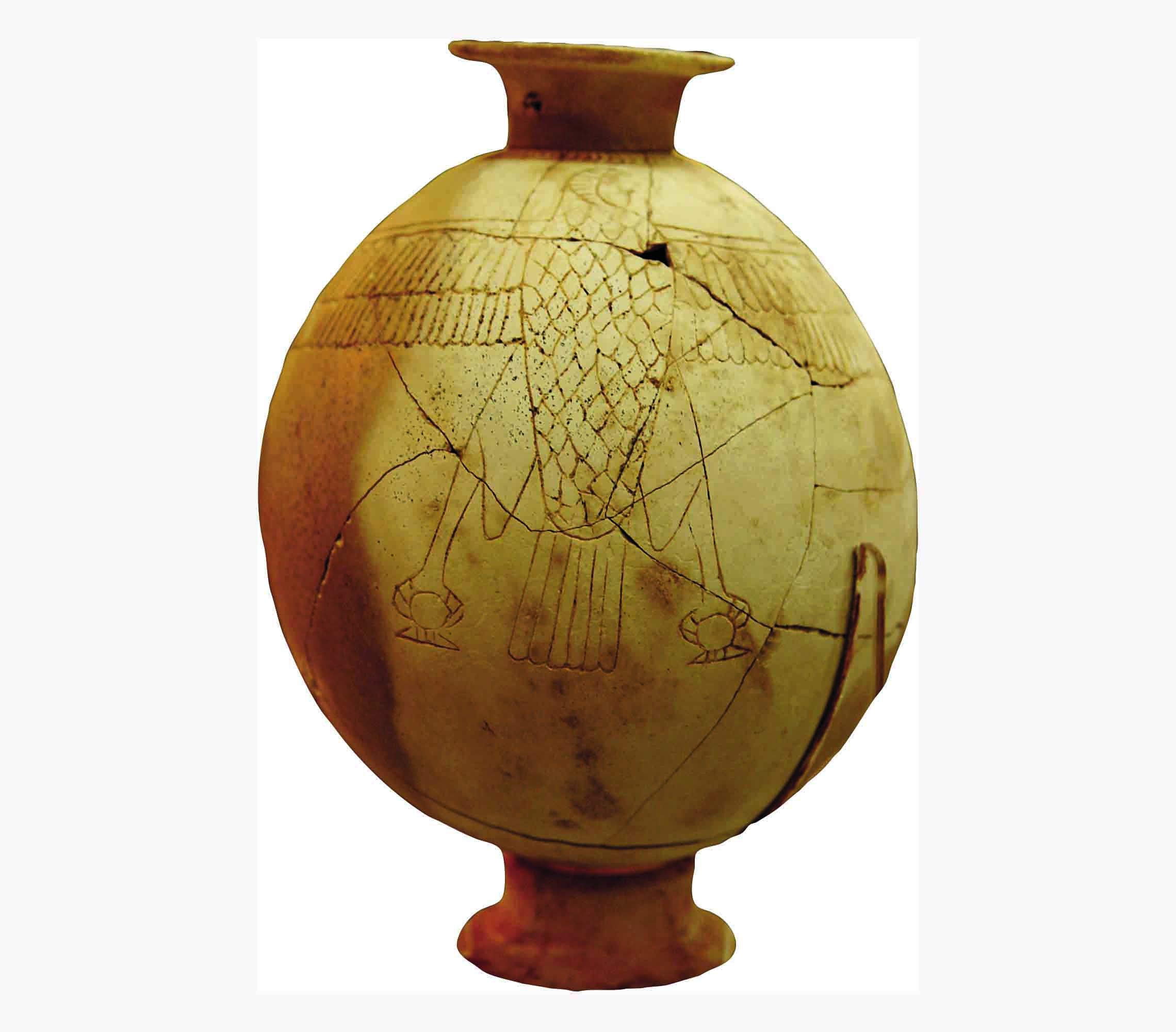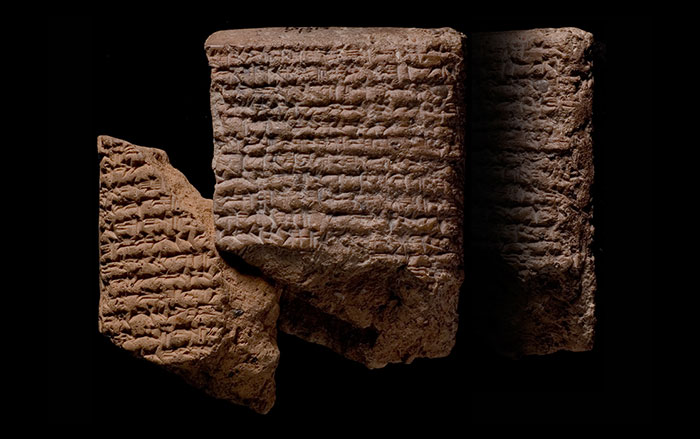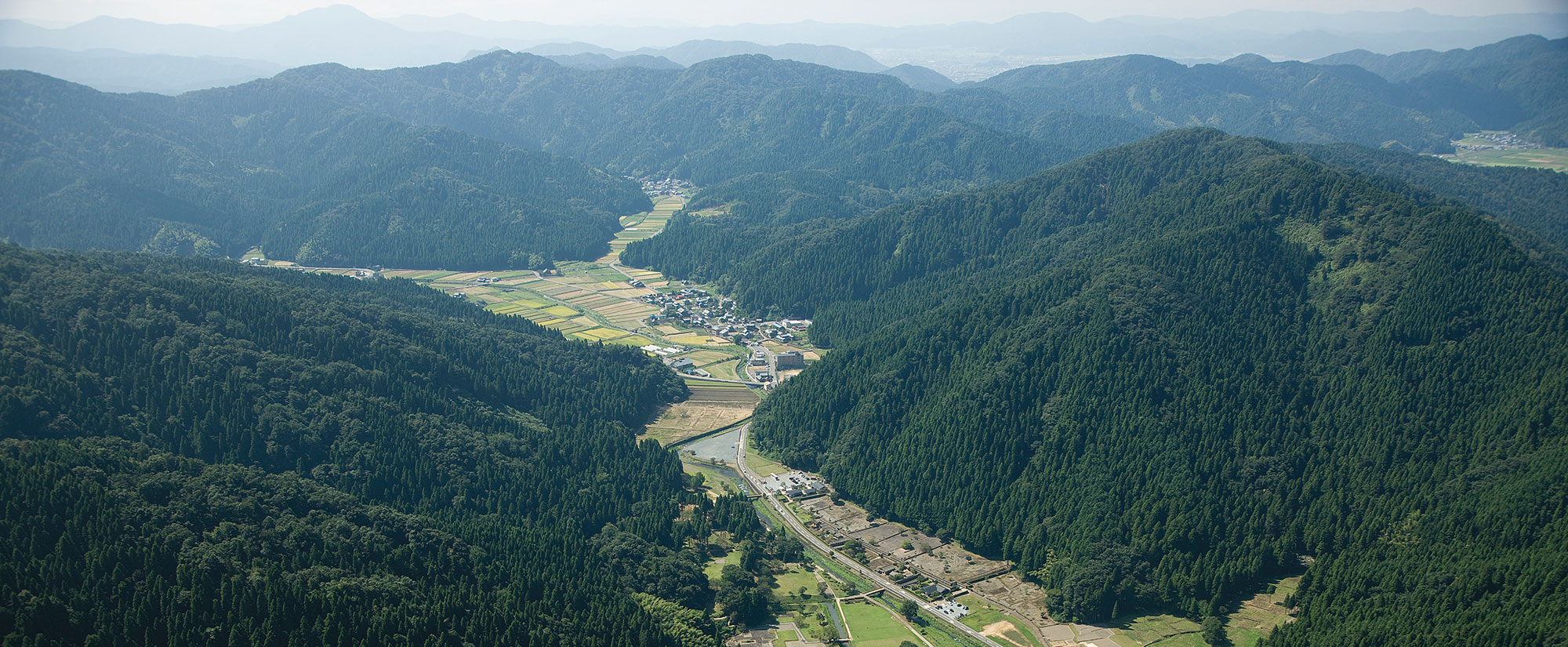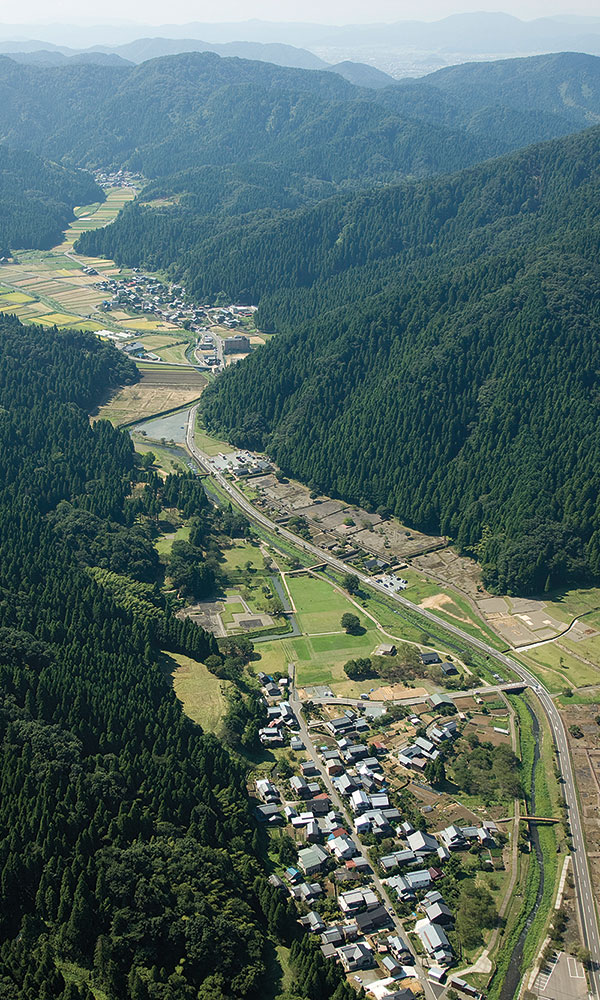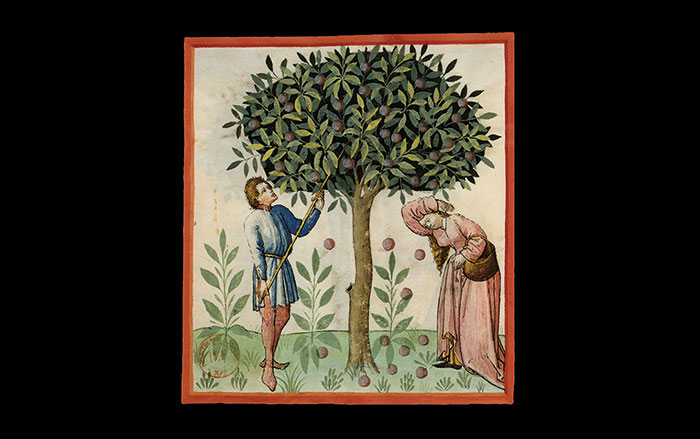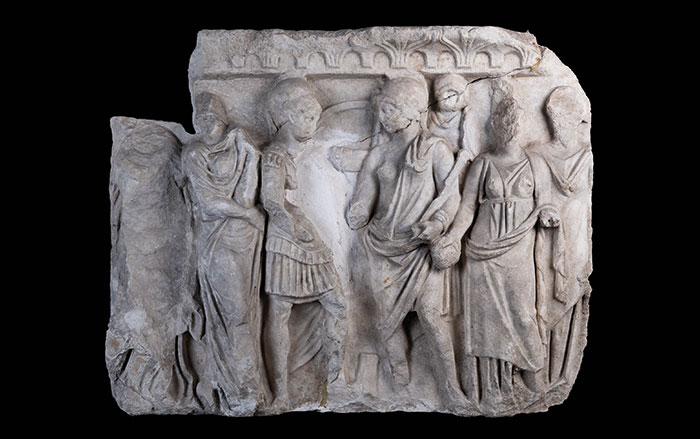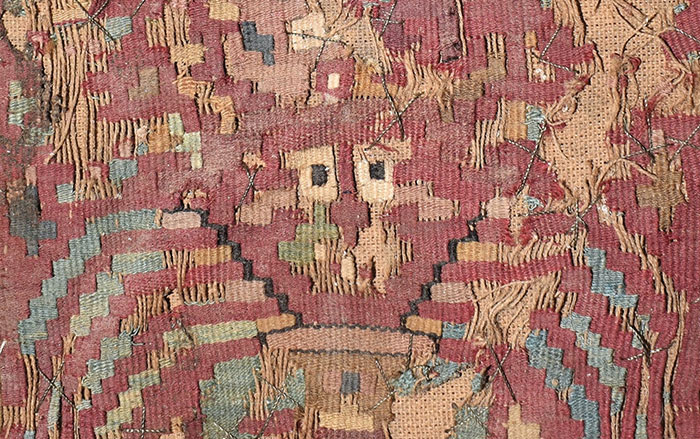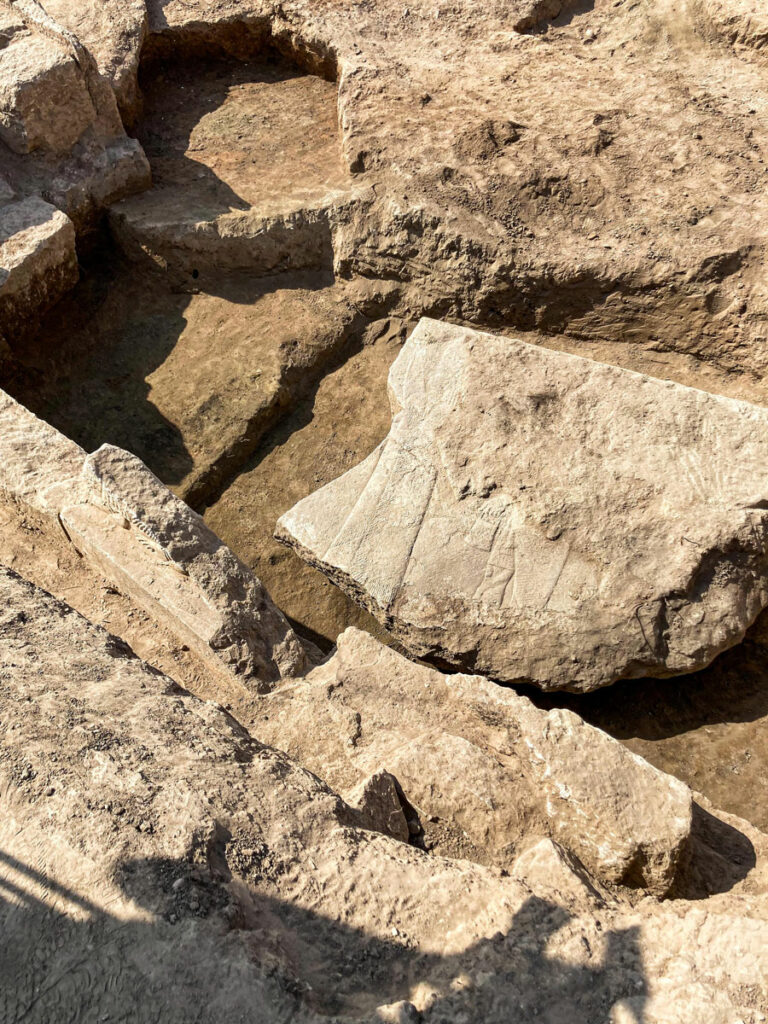
HEIDELBERG, GERMANY—According to a statement released by the University of Heidelberg, German archaeologists made a spectacular new find in the ancient Assyrian city of Nineveh. Located near the modern Iraqi city of Mosul, Nineveh was one of the most important sites in northern Mesopotamia and became capital of the Assyrian Empire under King Sennacherib in the late eighth century b.c. While excavating a room in the North Palace belonging to Sennacherib’s grandson, Ashurbanipal (reigned 668–631 b.c.), the team unearthed pieces of a monumental stone relief weighing 12 tons and measuring 18 feet long and 10 feet high. The carved block depicts Ashurbanipal flanked by two principal Assyrian deities, Ashur and Ishtar, the city's patron goddess. “Among the many relief images of Assyrian palaces we know of, there are no depictions of major deities,” said archaeologist Aaron Schmitt. The relief would have once been highly visible as it was inserted into a wall niche near the entrance to the throne room, the most important part of the palace. Although British archaeologists originally excavated the area in the nineteenth century and recovered some large-scale reliefs that are now housed in the British Museum, they failed to locate the newly-discovered sculpture fragments because they had been tossed into a pit and covered with debris in the second or third century b.c. For more on recent excavations at Nineveh, go to "The Assyrian Renaissance."



